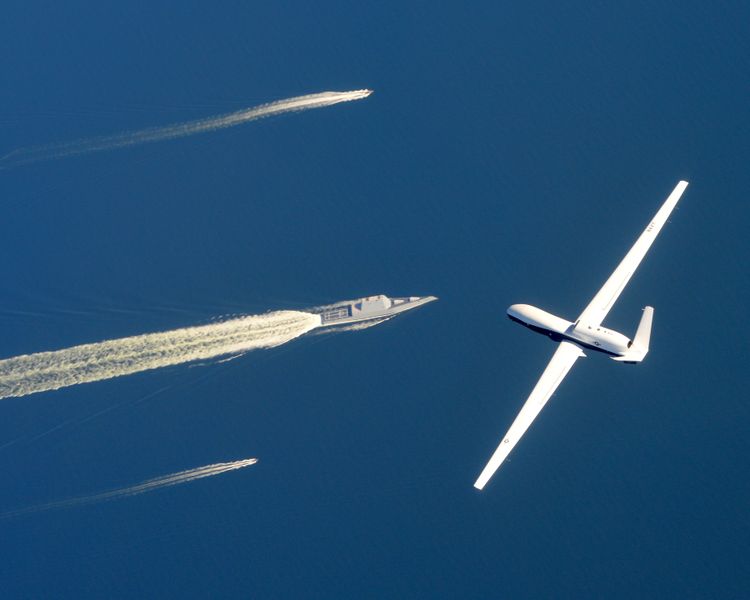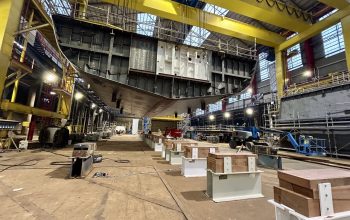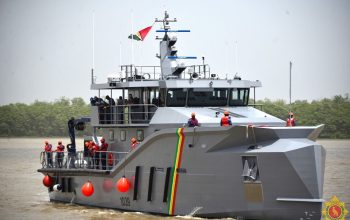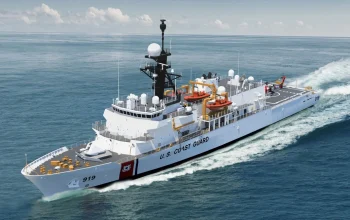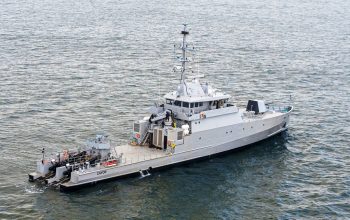Raytheon Co., McKinney, Texas, is awarded a $23,175,000 firm-fixed-price order under basic ordering agreement for the procurement of multi-spectral targeting systems for the U.S. Navy Triton unmanned aircraft system (UAS) and the Royal Australian Air Force (RAAF). These systems provide intelligence, surveillance, and reconnaissance (ISR) detection, identification, and targeting capability in day/night operations for both manned and unmanned platforms. Work will be performed in McKinney, Texas, and is expected to be complete by March 2023. The U.S. Naval Surface Warfare Center, Crane, Indiana, is the contracting activity.
The Northrop Grumman MQ-4C Triton is an American high-altitude long-endurance unmanned aerial vehicle (UAV) under development for the United States Navy as a surveillance aircraft. Together with its associated ground control station, it is an unmanned aircraft system (UAS). Developed under the Broad Area Maritime Surveillance (BAMS) program, the system is intended to provide real-time intelligence, surveillance, and reconnaissance missions (ISR) over vast ocean and coastal regions, continuous maritime surveillance, conduct search and rescue missions, and complement the Boeing P-8 Poseidon maritime patrol aircraft.

Triton builds on elements of the RQ-4 Global Hawk; changes include reinforcements to the airframe and wing, de-icing systems, and lightning protection systems. These capabilities allow the aircraft to descend through cloud layers to gain a closer view of ships and other targets at sea when needed. The sensor suites allow ships to be tracked by gathering information on their speed, location, and classification. The MQ-4C System Development and Demonstration (SDD) aircraft was delivered in 2012 and the MQ-4C was expected to be operational by late 2015 with a total of 67 aircraft to be procured.
Australia has considered the MQ-4, both as a military platform and as a customs enforcement platform; senior customs officials have doubted the effectiveness of the planned seven MQ-4C to detect small boats in the country’s northern waters, especially through cloud cover. Australia was considering purchasing more manned P-8 Poseidon aircraft and reducing the number of MQ-4Cs planned to be bought for the RAAF. On 16 February 2014, it was reported that the Australian government would seek the purchase of seven MQ-4C Tritons; in addition to locating ships and aircraft, it would also be used to detect seaborne asylum seekers. Alongside the P-8, the MQ-4 is to replace the elderly P-3 Orion fleet.


